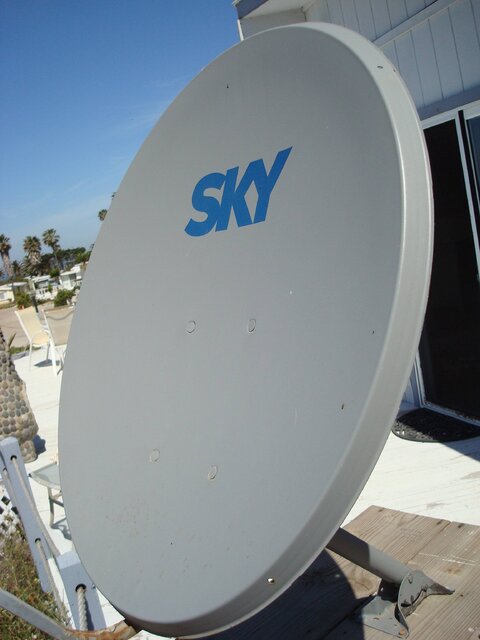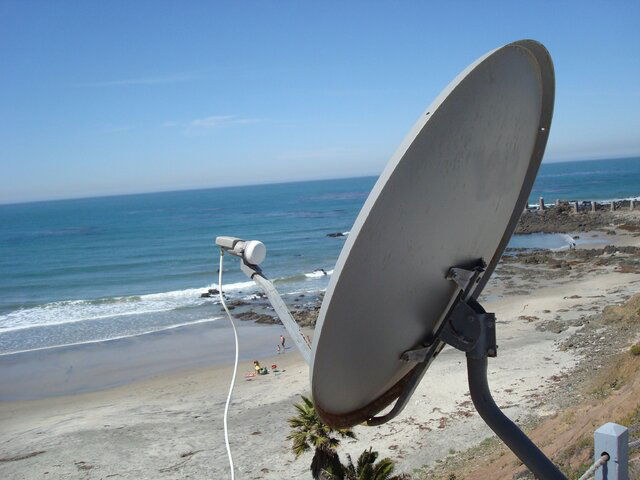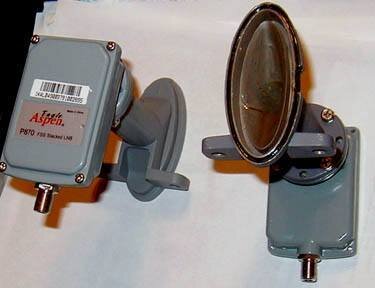Have been experimenting with 2 old dishes today to determine which is a beter overall performer.
Dish #1 is an old Direcway that measures 23" high X 40" wide (920 SQ").
Dish #2 is an old SKY dish that measures 33" high X 30.5" wide (1,006.5 SQ").
Used the same LNB on both on the same pole mount. Aligned each to peak on 123 with a Birdog. Weather clear (not a cloud in the sky).
Difference between the 2 on both signal strength and quality was dramatic:
#1 Max SS = 72 Max Q 69
#2 Max SS = 90 Max Q 89
Yes, Anole, I adjusted the focal length to peak for each one .
.
Question: Obviously dish #2 performs way better - is this due to the 9.4% additional reflector area or is the height of the dish more important that width? Dish #2 is also closer to being symetrical - effects?
Other that determining that the rescued SKY is way superior, I think all I've done is to raise alot of questions in my mind about dish size and overall design shape. These are impressive number improvements for just under 10% total area change.
What am I missing here or are these type of numbers to be expected?
PS: Am toying with the idea of somehow flipping the old DW dish 90 degrees to see what shakes!
Dish #1 is an old Direcway that measures 23" high X 40" wide (920 SQ").
Dish #2 is an old SKY dish that measures 33" high X 30.5" wide (1,006.5 SQ").
Used the same LNB on both on the same pole mount. Aligned each to peak on 123 with a Birdog. Weather clear (not a cloud in the sky).
Difference between the 2 on both signal strength and quality was dramatic:
#1 Max SS = 72 Max Q 69
#2 Max SS = 90 Max Q 89
Yes, Anole, I adjusted the focal length to peak for each one
Question: Obviously dish #2 performs way better - is this due to the 9.4% additional reflector area or is the height of the dish more important that width? Dish #2 is also closer to being symetrical - effects?
Other that determining that the rescued SKY is way superior, I think all I've done is to raise alot of questions in my mind about dish size and overall design shape. These are impressive number improvements for just under 10% total area change.
What am I missing here or are these type of numbers to be expected?
PS: Am toying with the idea of somehow flipping the old DW dish 90 degrees to see what shakes!






